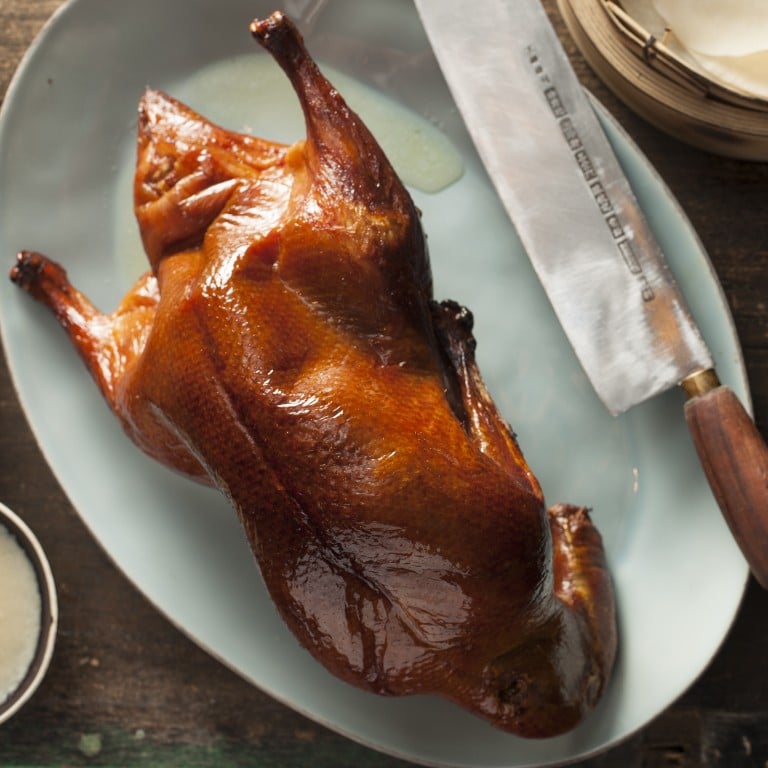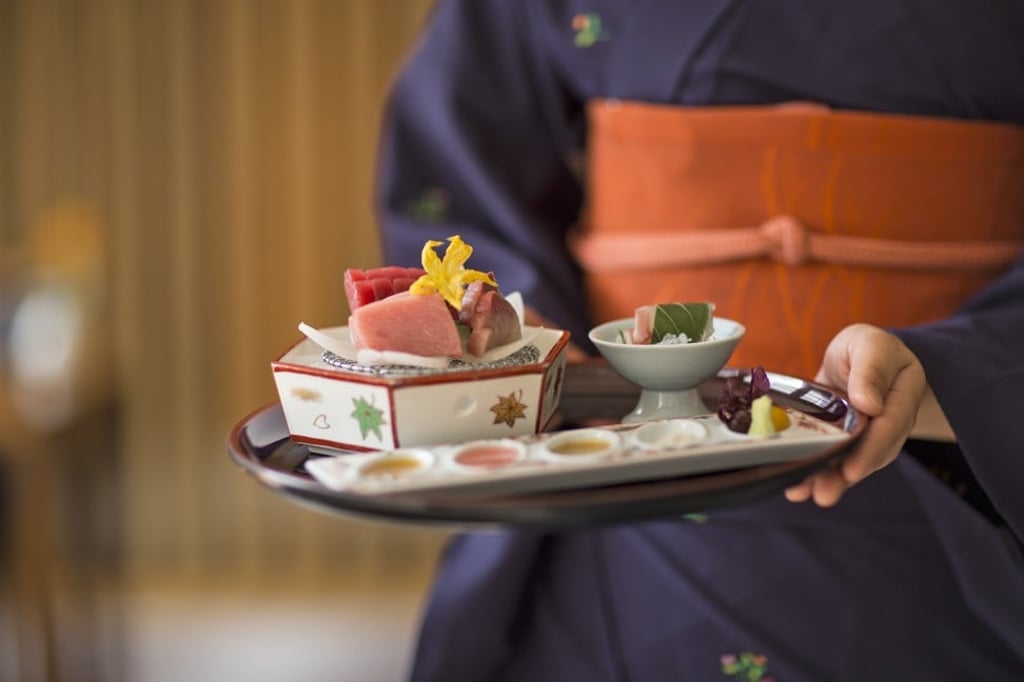How Hutong, Mott 32 and Yamazato are paving the way for Asian fine-dining restaurant ‘chains’ in the West

Nobu notably earned fame outside his native Japan before returning years later – but now a new wave of trendsetting eateries, led by Tokyo’s Yamazato and Hong Kong’s Hutong and Mott 32, are expanding into Europe and North America
British food critic Andy Hayler, the first person to have visited every three-star Michelin restaurant in the world, says there are at least two reasons there are few Asian fine-dining “chains”.
“In general, fine dining is not something that easily lends itself to mass roll-outs in the way that can be done with pizzas or burgers or dumplings,” Hayler says. “There are actually few fine dining ‘chains’ in general, with the obvious exception being L'Atelier de Joël Robuchon.”
That Robuchon has the most recognisable name in the culinary world is important – as Hayler says it’s all about brand awareness. “European consumers are mostly less aware of Asian brands,” he says. “There are exceptions, of course, especially in consumer electronics and cars, but it is fair to say that in general Asian brands are lesser known in Europe than the other way around.”
Hayler says that this is largely because it takes time to build a brand. “In Asia, there is at least a lot more awareness of chefs in the English-speaking world, like Gordon Ramsay and Alain Ducasse, than famous Asian chefs in the West,” he says.
However, that is changing. “A decade ago, Japanese food was barely known in the West other than generic dishes like sushi and tempura. These days, La Liste has several Japanese restaurants near the top of the global rankings,” he says. “As Asian chefs and restaurants become better known in the West, and as people travel more, there is more incentive for Asian restaurant brands to expand to Europe and the US.”

Hayler is confident that more high-end Asian restaurants will head west over time. A few have already paved the way.
Yamazato is the in-house restaurant of the Hotel Okura chain. First opened at Hotel Okura Tokyo (now The Okura Tokyo) in 1962, Yamazato has since expanded to five cities outside Japan – Shanghai, Macau, Bangkok, Taipei and Amsterdam. The Yamazato in the Dutch capital was the first location to open outside Japan back in 1971, and in 2002 it became the first Japanese restaurant in Europe to be awarded a Michelin star.
Yamazato restaurants serve traditional Japanese cuisine, including teppanyaki, sushi and seasonal incarnations of kaiseki, but the hallmark of its 10 restaurants is that the head chefs, who have more than two decades of experience, are dispatched from Okura Tokyo to ensure standards are maintained and authenticity preserved. Yamazato restaurants also tailor menus to the region they are in.
As Asian chefs and restaurants become better known in the West, and as people travel more, there is more incentive for Asian restaurant brands to expand to Europe and the US
More Okura hotels, and presumably Yamazato restaurants, are expected to open in Taichung, Manila, Ho Chi Minh City, Phnom Penh and Yangon.
Meanwhile Hutong is Hong Kong Aqua Restaurant Group’s first foray into the US. The original Hutong opened in Hong Kong in December 2003, and its Chinese menu was so successful that a decade later the concept expanded to The Shard in London.